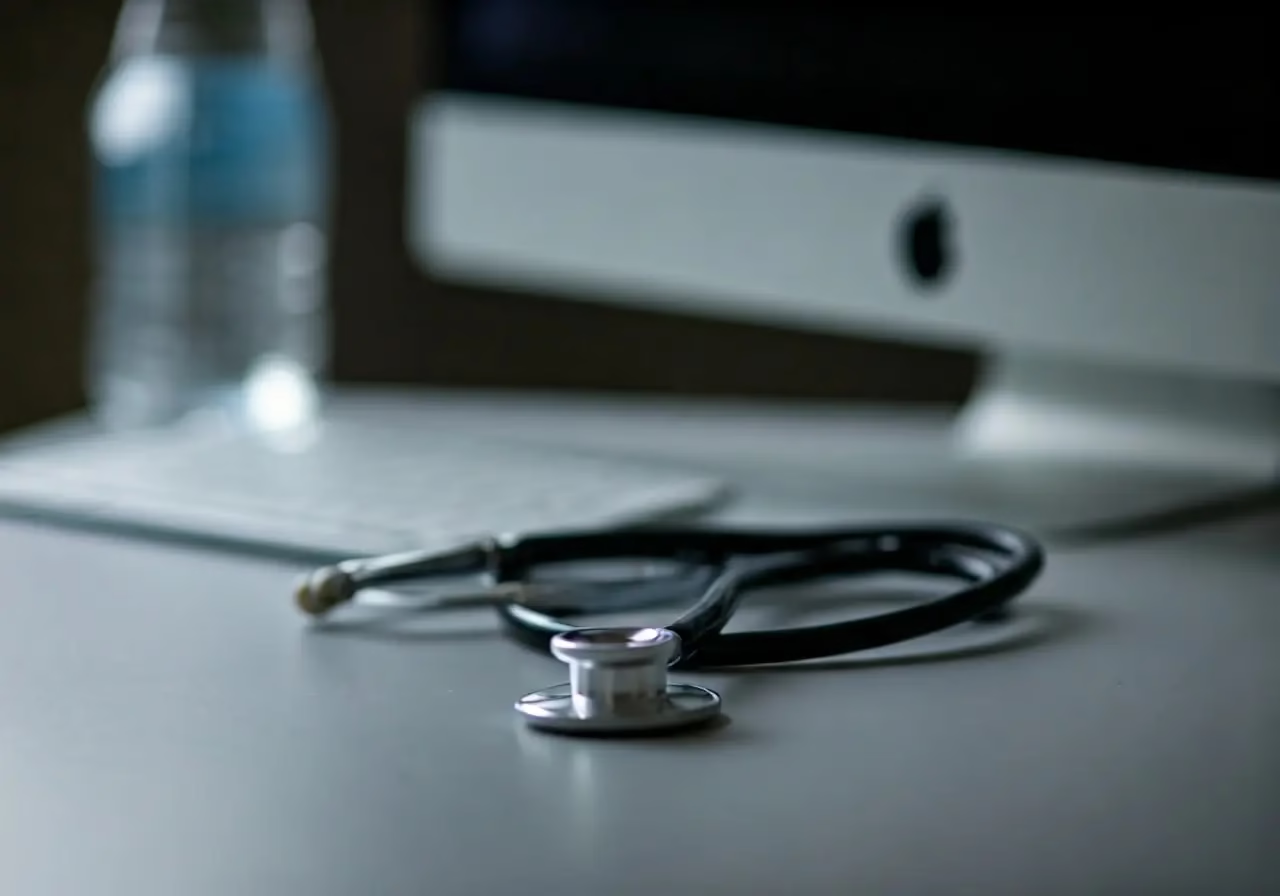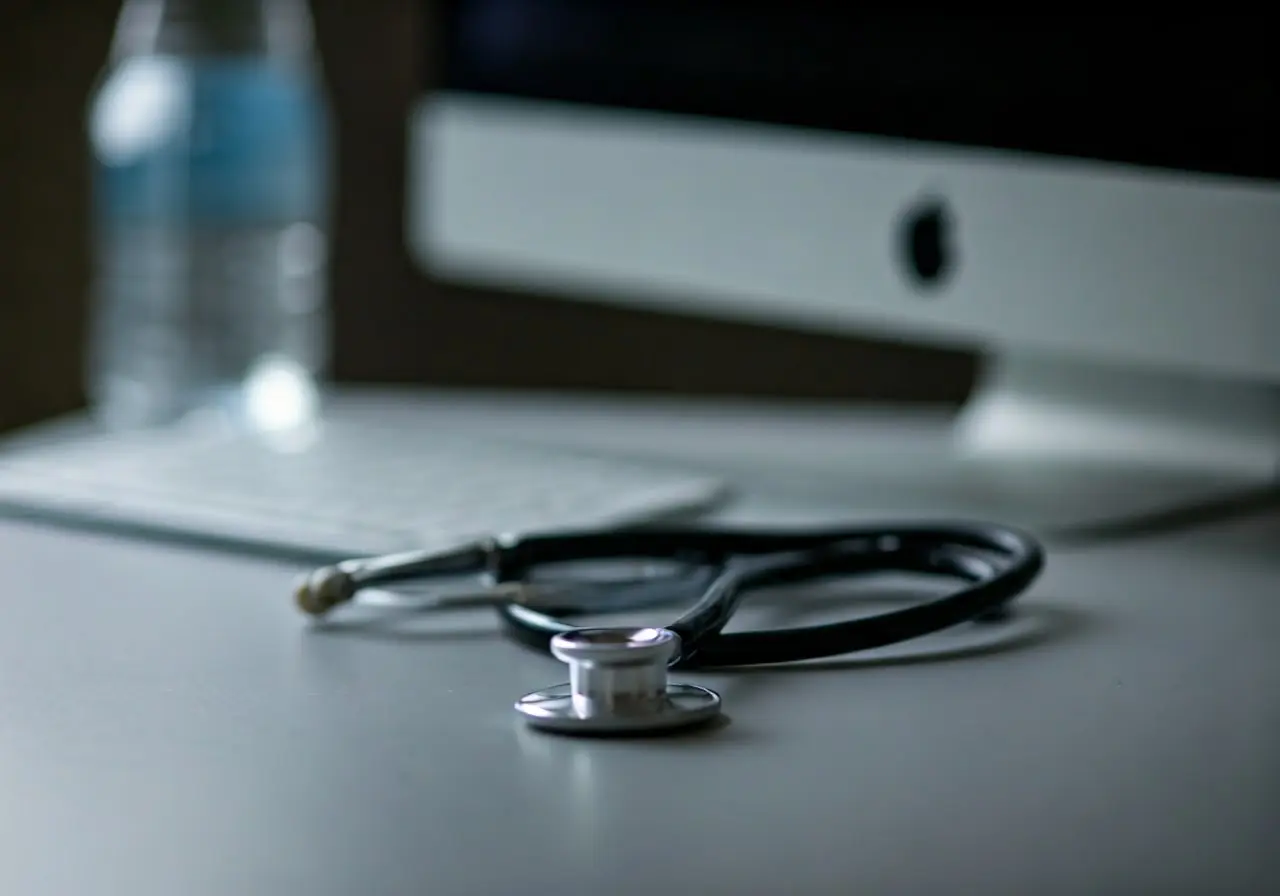In today’s fast-paced world, the healthcare industry faces numerous challenges, from managing patient information to ensuring top-notch care. Fortunately, IT solutions are here to play a pivotal role in modernizing healthcare, making processes more efficient, secure, and accessible.
Understanding the Basics of IT Solutions in Healthcare
IT solutions encompass a range of technologies designed to enhance various aspects of healthcare, from electronic health records (EHRs) to telemedicine platforms. These tools help professionals deliver quality care while optimizing their workflows. In a world where efficiency meets accuracy, IT solutions are bridging gaps that once seemed insurmountable. By digitizing patient records, healthcare providers can reduce errors, streamline communication, and ultimately provide better outcomes for patients. The concept of digital health records has become the cornerstone of modern healthcare, as they offer an up-to-date and accurate picture of a patient’s history, accessible with a click of a button. Furthermore, with the integration of AI in EHRs, healthcare professionals can predict potential health concerns before they become critical issues.
Telemedicine, another significant component of IT solutions, has revolutionized how care is delivered, especially in remote areas. By enabling virtual consultations, patients no longer need to travel long distances to receive medical advice. This accessibility not only improves health outcomes but also provides a more flexible approach to managing one’s health. As we continue to see innovations in telemedicine technologies, the focus is increasingly on creating a patient-first experience, ensuring that all individuals, regardless of their location, can access top-tier healthcare solutions. With dependable IT infrastructures, healthcare facilities can maintain seamless operations, providing uninterrupted service to patients across different settings.
Enhancing Patient Care Through Technology
With innovative IT solutions, patient care has become more personalized and effective. Tools like decision support systems and health monitoring apps empower clinicians to make better-informed decisions and provide tailored treatment plans. Imagine a scenario where vital patient data points are analyzed in real-time, offering clinicians instant access to crucial health insights. This is the future of healthcare, and it’s powered by cutting-edge IT solutions. By employing big data analytics, healthcare organizations can identify trends and patterns that were previously undetectable. This wealth of information enables personalized therapies and interventions, tailored to meet the unique needs of each patient, ensuring optimal outcomes while also reducing the risk of potential side effects.
Moreover, the advent of wearable technology allows continuous tracking of patient health metrics outside traditional clinical settings. Devices such as smartwatches and fitness trackers record vital information like heart rate and activity levels, which can be shared with healthcare providers instantly. By closely monitoring such parameters, healthcare professionals can offer proactive interventions and preventative care, leading to a more comprehensive and effective healthcare strategy.
Streamlining Administrative Processes
Healthcare facilities can benefit significantly from IT solutions that automate routine tasks. By reducing administrative burdens, staff can focus more on patient care, thereby improving overall efficiency and satisfaction. Task automation can handle everything from scheduling appointments to managing billing information. This minimization of manual workload allows healthcare personnel to attend to critical tasks more efficiently, thereby enhancing patient experience and operation workflows. Furthermore, the automation of repetitive tasks helps reduce human errors, ensuring accuracy in data entries and patient records. These IT solutions also allow for enhanced tracking and reporting, facilitating better decision-making by providing timely and accurate data insights.
In addition to the obvious efficiency gains, automating processes helps in maintaining consistency across the board. Whether it’s patient check-ins or claims processing, uniformity ensures that services are delivered accurately each time. The positive ripple effects include enhanced patient satisfaction, reduced waiting times, and faster service delivery. As a result, healthcare facilities can manage higher patient volumes without compromising the quality of care. As technology continues to evolve, so too will the ways in which healthcare institutions can automate further, enhancing both patient and staff experience.
Ensuring Data Security and Compliance
As healthcare data becomes increasingly digital, safeguarding sensitive information is paramount. IT solutions offer robust security measures to protect against breaches while ensuring compliance with healthcare regulations. Implementing state-of-the-art cybersecurity protocols is essential to prevent unauthorized access and maintain the confidentiality of patient data. Healthcare organizations are charged with not only protecting personal data but also complying with strict regulations such as HIPAA. With blockchain technology, patient data can be safely stored and shared in a manner that’s both secure and easily accessible to authorized personnel.
Addressing data security challenges requires a multifaceted approach that includes regular audits, staff training, and the adoption of advanced encryption techniques. Data security in healthcare is not just about meeting regulatory mandates; it’s about maintaining the trust of patients who entrust their most private information to healthcare providers. As we continue to transition towards digital healthcare solutions, investing in strong IT infrastructures that prioritize data integrity and privacy is crucial for maintaining patient trust and organization reputation.
The Future of IT Solutions in Healthcare
The evolution of IT solutions promises further advancements in healthcare, such as artificial intelligence and machine learning. These technologies have the potential to revolutionize diagnostics, treatment, and patient engagement in the coming years. By harnessing AI, medical professionals can analyze vast data sets to derive patterns and predictive insights, leading to earlier diagnoses and more effective treatment plans. AI-powered tools are changing the landscape of medical imaging, with algorithms now capable of identifying markers in images that might be overlooked by the human eye. This level of precision enhances the diagnostic process, ensuring quicker and more accurate patient care.
Machine learning, on the other hand, offers dynamic models that evolve based on new data, making real-time adjustments to care plans possible. As IT solutions continue to intertwine with healthcare processes, we will likely see an increasingly personalized approach to medicine. This model is already reshaping patient engagement, fostering a more interactive and informed approach to health management. The future indeed looks promising, with IT solutions playing a critical role in modernizing healthcare. By keeping pace with these technological innovations, healthcare providers will be better equipped to deliver enhanced, personalized care, meeting the needs of more diverse patient populations.
Embracing IT Solutions for a Healthier Future
In conclusion, IT solutions have become indispensable in modernizing healthcare, driving innovations that improve patient care, streamline operations, and enhance security. By continuously embracing technological advancements, the healthcare industry is better equipped to meet the evolving needs of patients and provide superior services.


